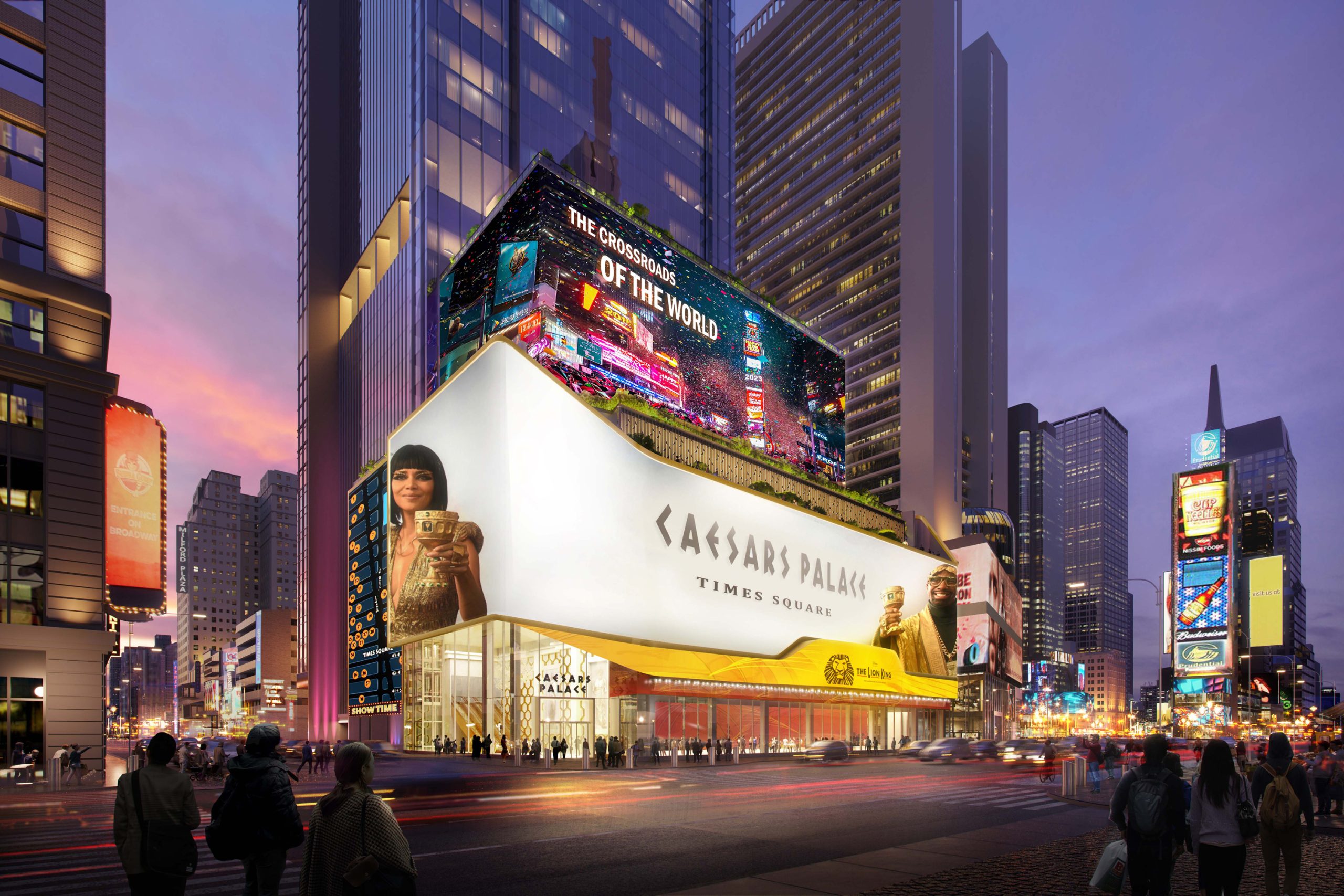Plan To Streamline Casino Approvals in New York City Runs Into Resistance

The proposal to permit casinos to shop in designated commercial and industrial zones is facing criticism for bypassing the conventional city zoning process, the Uniform Land Use Review Procedure (ULURP).
New York City Mayor Eric Adams’ ambitious initiative to streamline casino approvals encountered substantial resistance as Community Board 4’s land use committee unanimously rebuffed the proposed amendment on December 13.
This move sparks debate about the balance between fostering economic growth through expanded casino opportunities and upholding established zoning protocols.
In the ongoing discourse surrounding the casino proposal, community boards, exemplified by CB4 representing Hell’s Kitchen and Chelsea, emerge as pivotal players within the Uniform Land Use Review Procedure.
Offering advisory opinions on land use plans, these boards wield considerable influence. Delores Rubin, a vocal board member, expressed her discontent with city officials, accusing them of ceding all responsibilities to the state and questioning their commitment to city planning.
Emphasizing the importance of community input, Rubin conveyed her criticism to The City, a non-profit digital news organization. David Korman, a resident of Hell’s Kitchen, echoed these sentiments in a video conference, denouncing the proposed amendment.
According to Korman, ULURP serves as a tool for democratizing the planning process, and the amendment threatens to exclude both the community and city planning professionals from crucial decision-making discussions.
The Planning Department, on the other hand, defends the exclusion of ULURP from casino proposals, citing redundancy in the state’s review process.
The proposed changes introduce a novel approach involving the establishment of a Community Advisory Committee (CAC) to scrutinize each casino proposal. Comprising six members, including the Mayor, Governor, borough president and local state representatives, the CAC aims to facilitate public meetings and approve casino applications before they reach the state’s Gaming Facility Location Board.
This restructured process adds a layer of community involvement while navigating the complexities of casino development in the city.
In response to growing community concerns, Casey Berkovitz, spokesperson for City Planning, offered a staunch defense of the amendment, asserting that it represents a more efficient utilization of the city’s time and resources.
The rationale, articulated by Dan Garodnick, the director of the city planning agency, is to establish a balanced playing field for New York City applicants, allowing them to compete effectively with proposals from other parts of the state.
Nevertheless, apprehensions about the potential ramifications of gaming facilities on local communities have surfaced.
Detractors argue that the amendment might open the door to the construction of large hotels without oversight from city planning, potentially causing harm to neighborhoods.
Despite these reservations, Mayor Adams, with the backing of City Council Speaker Adrienne Adams, accentuated the economic prospects tied to casinos, highlighting a potential annual revenue of $5.3 billion.
While approximately a dozen casino proposals are currently in the pipeline, only nine are specifically earmarked for New York City, spanning locations in Midtown Manhattan, Coney Island, The Bronx and Queens.
Some proposals, such as the one near Citi Field, may still necessitate approval from the state legislature due to considerations related to parkland.
The destiny of the amendment now lies in the hands of the City Planning Commission, where queries regarding potential drawbacks and the necessity of ULURP for certain cases have already been raised.
If granted approval, the proposal will advance to the City Council and, ultimately, Mayor Adams for final consideration.
- Other news categories:
- SlotsUp's news





